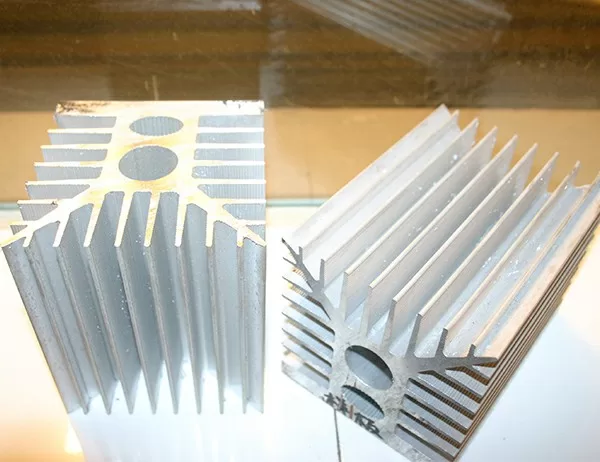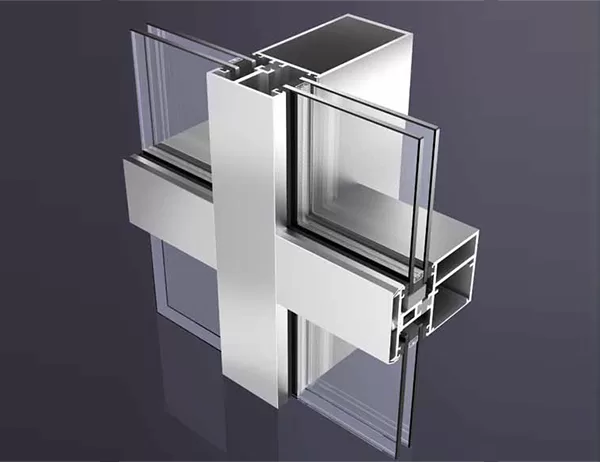Extruded aluminum pipes are widely used in various industries due to their exceptional strength, corrosion resistance, and lightweight properties. However, the choice of the right finish is crucial to optimize their performance and aesthetics. This article provides a comprehensive guide on how to select the appropriate finish for extruded aluminum pipes based on specific requirements.
Before applying any finish, the surface of the extruded aluminum pipe must be properly prepared to ensure optimum adhesion and durability. The surface should be cleaned thoroughly using solvents or alkaline cleaners to remove any contaminants. Mechanical abrading techniques, such as sanding or grit blasting, can be employed to improve surface roughness, which enhances the bonding strength between the finish and the pipe.
There are several types of finishes available for extruded aluminum pipes, each offering unique benefits and characteristics. The most common finishes include:
Anodizing
Anodizing is an electrochemical process that creates a protective oxide layer on the surface of the aluminum pipe. This oxide layer enhances corrosion resistance, wear resistance, and aesthetic appeal. Anodizing can produce a variety of colors, including natural, black, bronze, and gold.
Powder Coating
Powder coating involves applying a dry powder paint to the surface of the extruded aluminum pipe and then curing it in an oven. This process results in a durable, chip-resistant, and color-stable finish. Powder coating can be customized to provide a wide range of colors and textures.
Wet Painting
Wet painting is a traditional method that involves applying a liquid paint to the surface of the extruded aluminum pipe. While less durable than powder coating, wet painting offers a cost-effective option for achieving specific colors or decorative effects.
Electrophoretic Deposition (EPD)
EPD is an advanced coating technique that uses an electric current to deposit a water-based paint onto the surface of the extruded aluminum pipe. This process produces a uniform, corrosion-resistant, and environmentally friendly finish.
When selecting the right finish for extruded aluminum pipes, several factors should be taken into account, including:
Intended Use
The intended use of the pipe should dictate the type of finish required. For example, pipes exposed to harsh environments or corrosive chemicals may need a more durable finish, such as anodizing or powder coating.
Aesthetics
The desired aesthetic of the pipe should be considered. Anodizing and powder coating offer a wide range of color and texture options, while wet painting provides a more traditional finish.
Budget
The cost of the finish should be taken into account. Powder coating and EPD are generally more expensive than wet painting, but they offer superior durability and corrosion resistance.
Maintenance
The maintenance requirements of the finish should be considered. Anodized and powder-coated finishes require minimal maintenance, while wet painted finishes may need to be repainted periodically to maintain their appearance.
Choosing the right finish for extruded aluminum pipes is essential to maximizing their performance and enhancing their aesthetics. By considering factors such as surface preparation, types of finishes, intended use, and maintenance requirements, you can select the optimal finish for your specific application. The information provided in this article will guide you in making an informed decision that meets your project’s needs and expectations.




